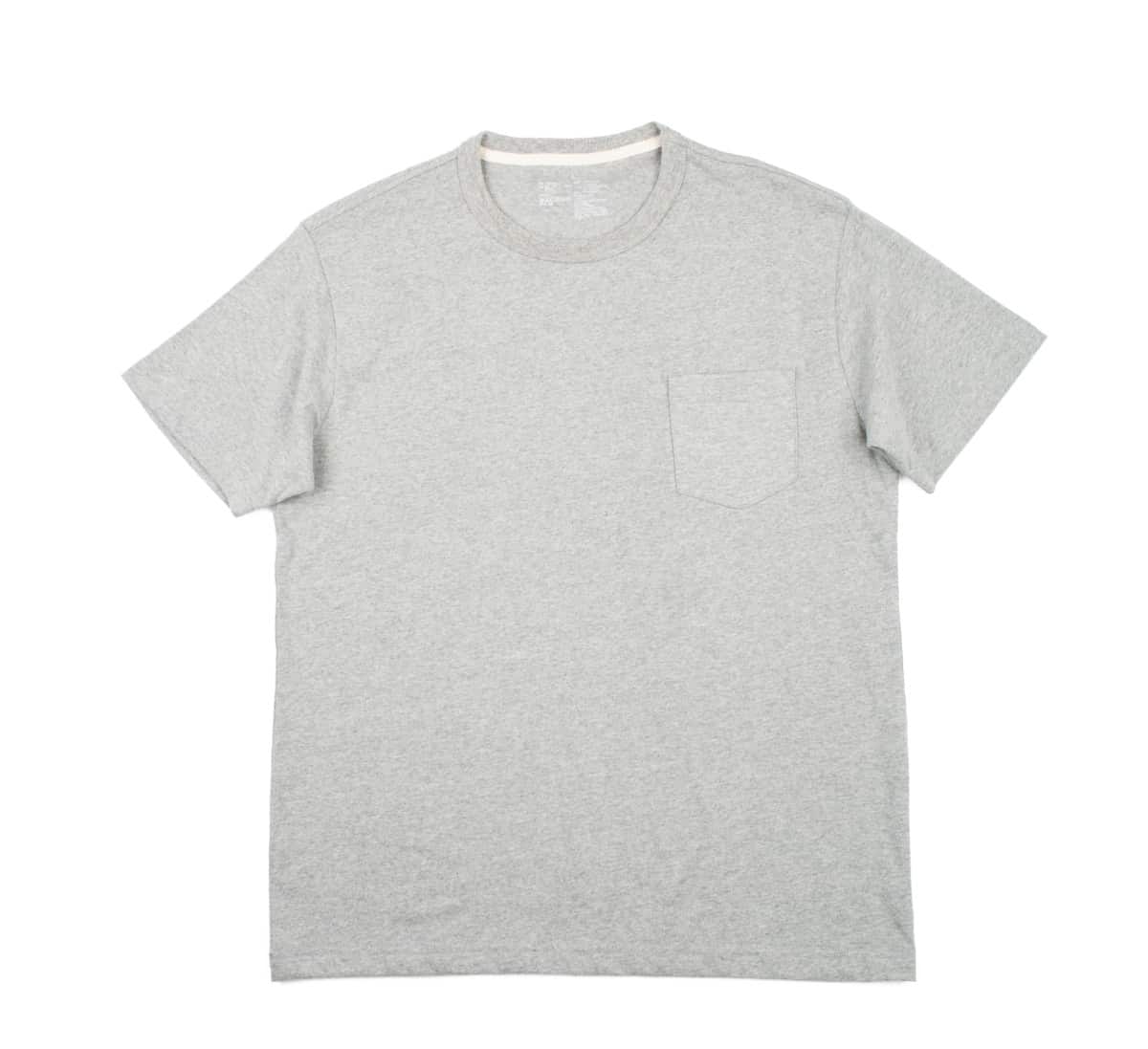Recycled polyester is up and coming both in practical wear and in style wear. The name would recommend it is made of polyester fabric waste, however it's actually made of other plastic waste such as bottles. It does still however have a lot of disadvantages. The hand feel is a bit less smooth, it is in some cases combined with traditional polyester, and it has higher costing. The latter of course is a problem if polyester is your fabric of choice for prices reasons. Another noteworthy point is that when utilized on fleece, it releases a great deal of microfibre in the oceans after consumer wash. Given that polyester has specific functionality that other fabrics do not have, the use is difficult to avoid. For that reason the new developments in recycled polyester are essential steps towards sustainability.
linen
Linen is probably the most sustainable of 100% natural fibres. Unlike cotton, it does not eco clothing supplier require a great deal of pesticides to grow. Most significantly, it grows based on a natural water supply. Farmers do not require to water the land in order to grow linen, it grows just by water. For that reason it grows in locations with more rainfall, such as Belgium. One disadvantage is the energy taken in on domestic ironing. A linen t-shirt utilizes about 15% more energy on ironing than a cotton shirt, because of the old and wrinkly nature of the material.
Hemp has extremely similar advantages as linen. It reduces land and water usage. Hemp is also a natural weed killer. Since hemp has been related to Marijuana, not all nations have a lot of hemp cultivation (yet). China is by far the greatest manufacturer of hemp, followed by France. When developed into material, hemp has similar look and feel as linen. It's just a little bit more hard in hand feel. When combined with other fibers such as cotton, the hand feel can be made a bit more soft.
organic cotton and pima cotton
Organic cotton comes in various grades and certifications. The most pure type is GOTS, which covers the entire supply chain approximately the finished product. OCS accreditation indicates the raw material is naturally cultivated, but the rest of the processing is done conventionally. BCI cotton is not natural per sé. It is cotton acquired through an NGO that helps & supports farmers in the establishing world enhance their farming methods. Pima cotton is long staple cotton grown in the USA. It is ruled out organic, however it is an item of contemporary and sustainable cotton farming.
Cupro & Lyocell
These manufactured fibres are wood pulp based. Wood pulp based fibers such as viscose are often incorrectly categorised as natural fibres. Even if the material is plant based, the procedure of making the filaments is as contaminating is the making of polyester. Cupro and Lyocell however are made by modern-day technology that has much less effect on the environment. The smart minds at Lenzing in Austria take great care at the establishing of sustainable fibres such as tencel, which is their trademarked brand name of lyocell. For brands that can afford the luxury rate level, this offers a good solution for sustainable clothing production.
Eco Vero Eco Vero is a new brand name of Viscose developed by Lenzing in Austria. The wood pulp used as raw material is from sustainable sources. The production process fulfills the high EU ecological requirements and can carry the ECO label. In addition, on the finished product, it is easy to evaluate and trace back whether it's real Eco Vero or not. Basically all of the popular traditional viscose materials such as Crepe Marrocaine can all be made in Eco Vero. Hand feel and outlook sensible, they are not appreciable. Many brand names are now changing from standard to Eco Vero Viscose.
